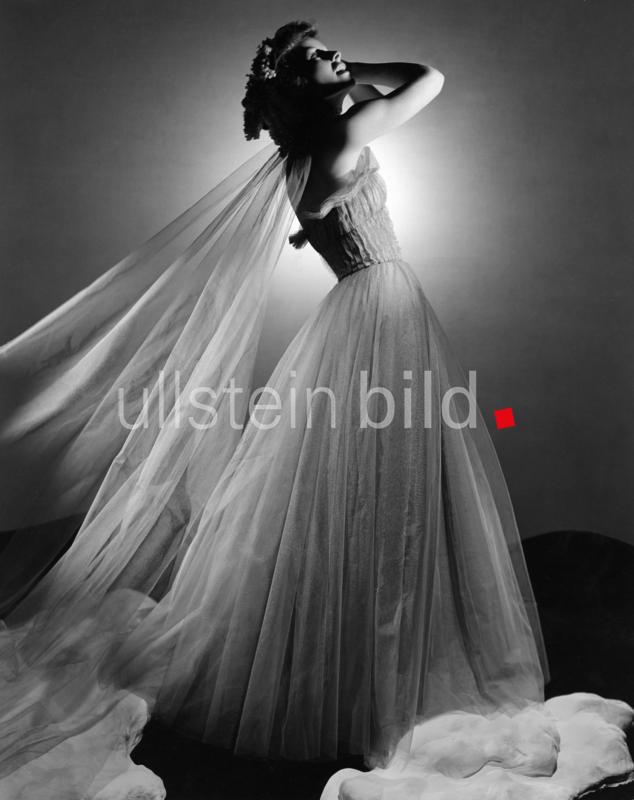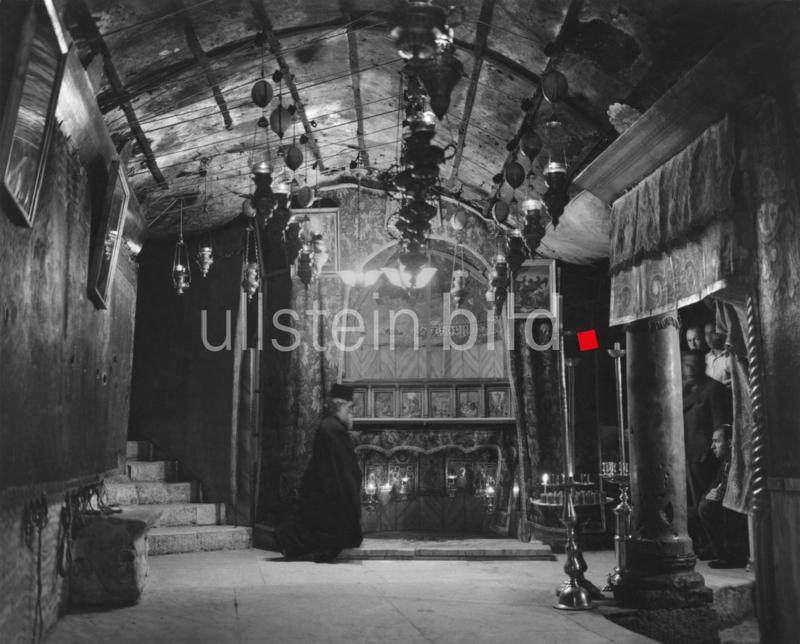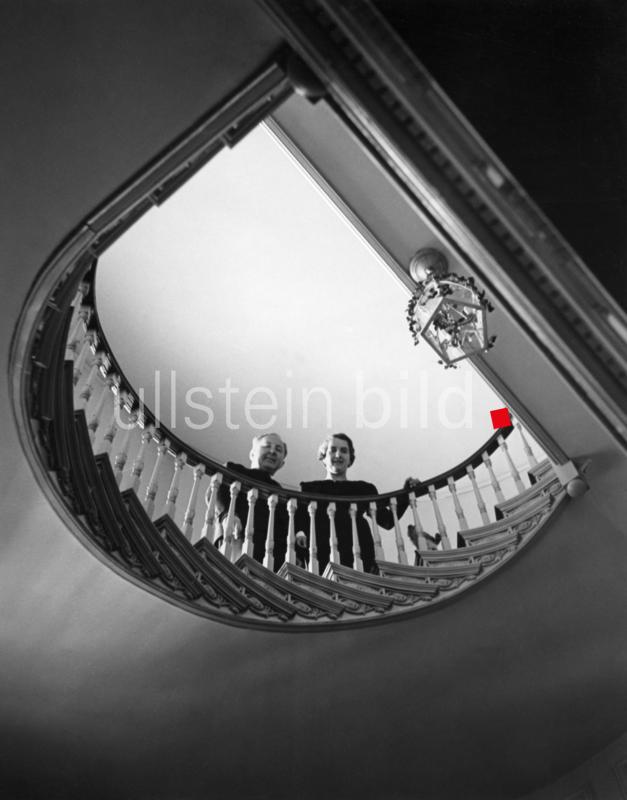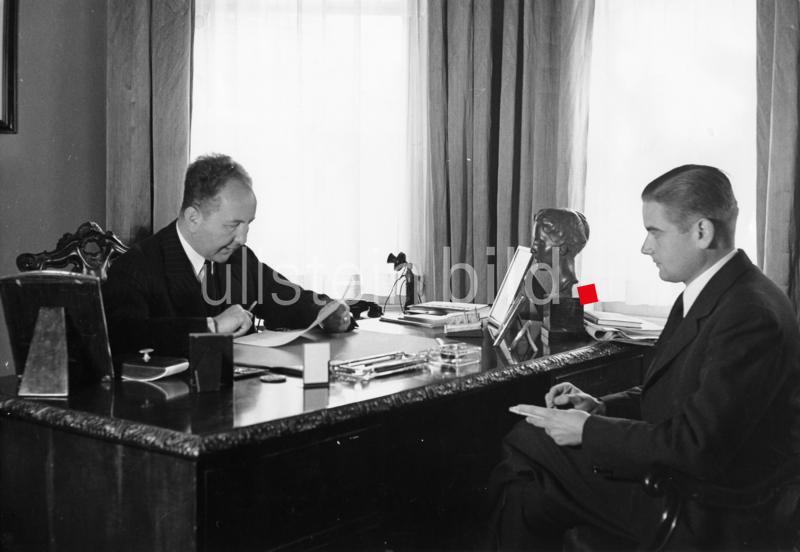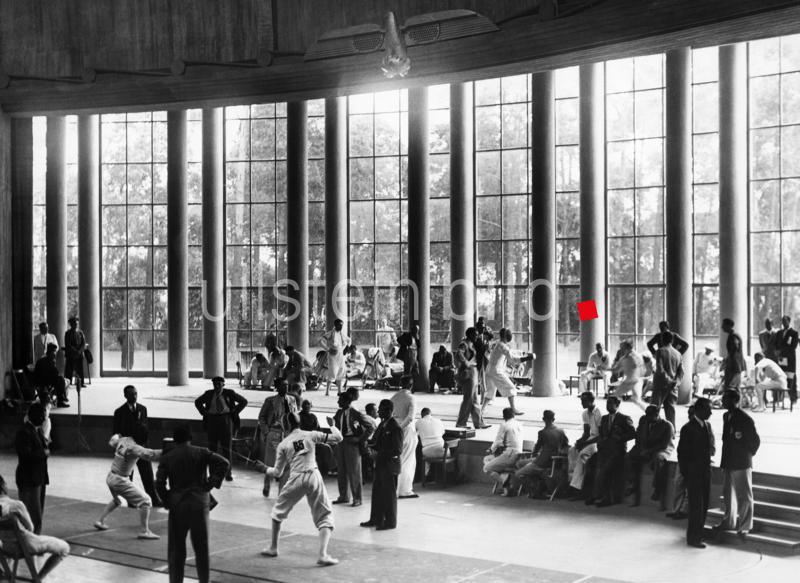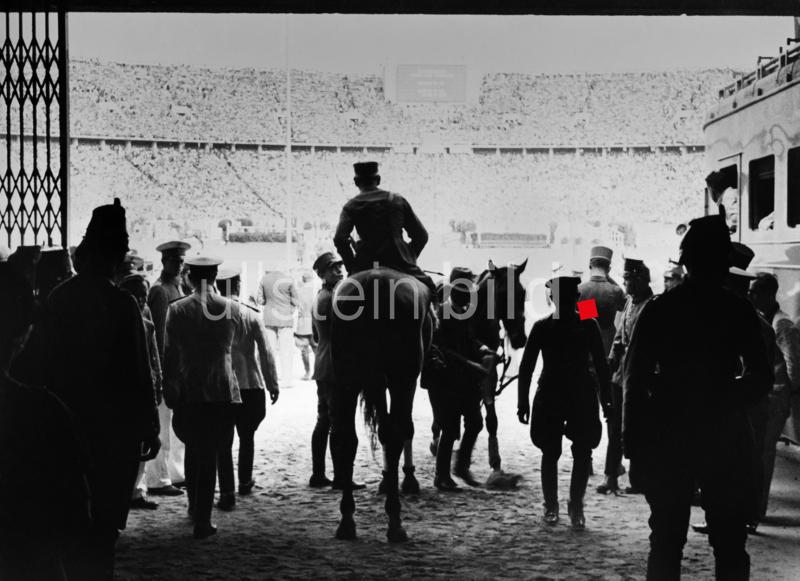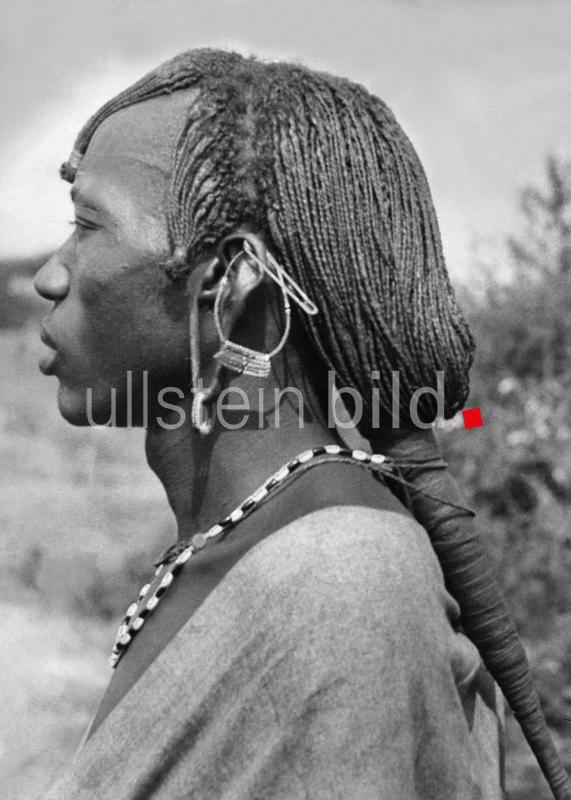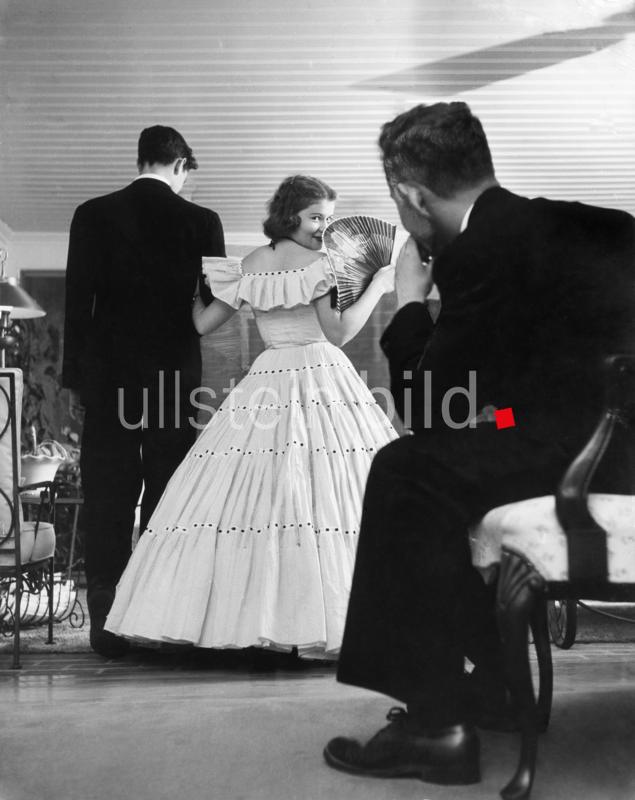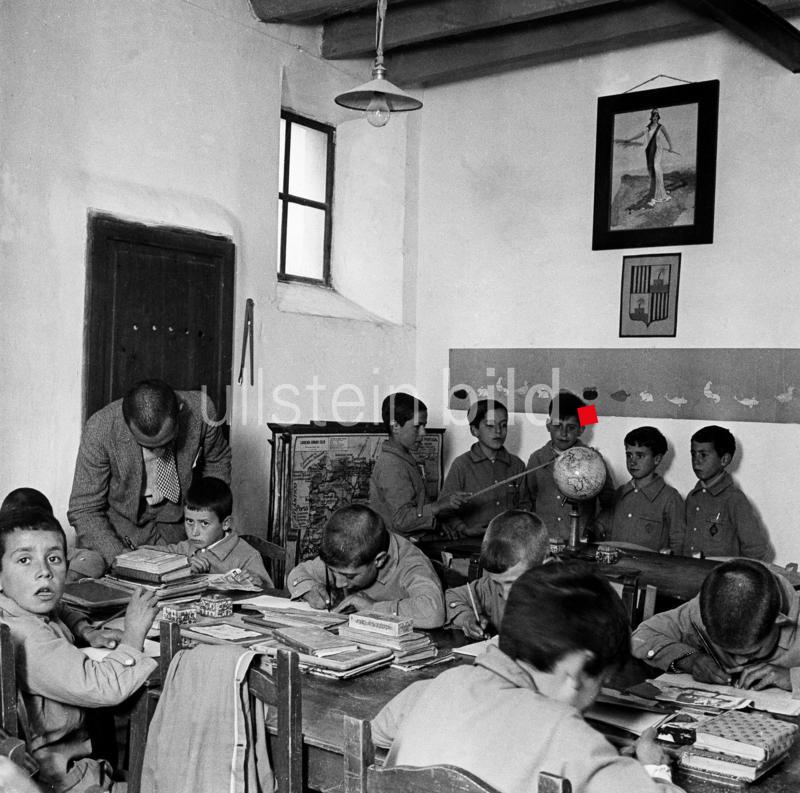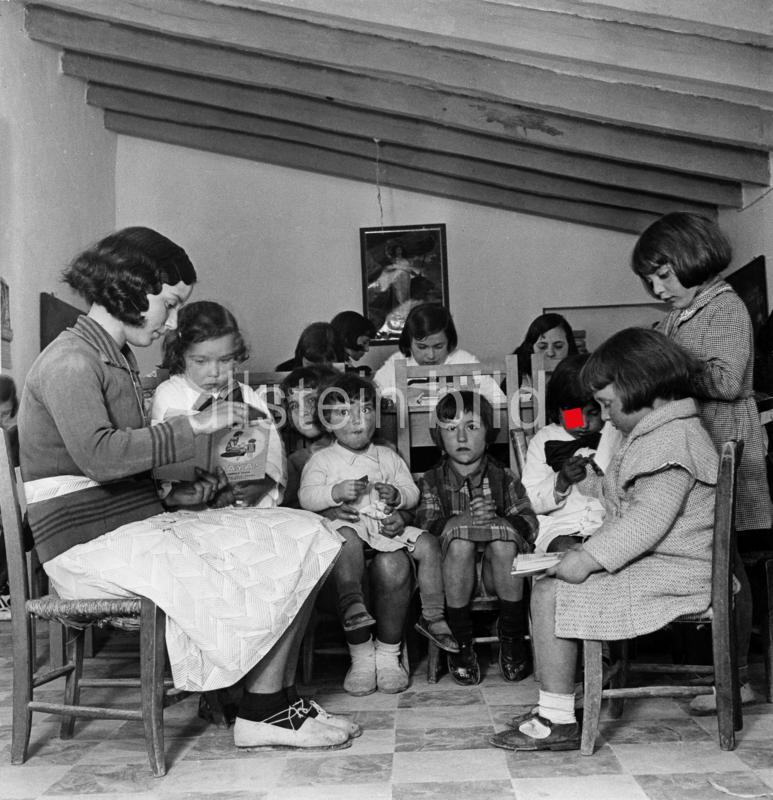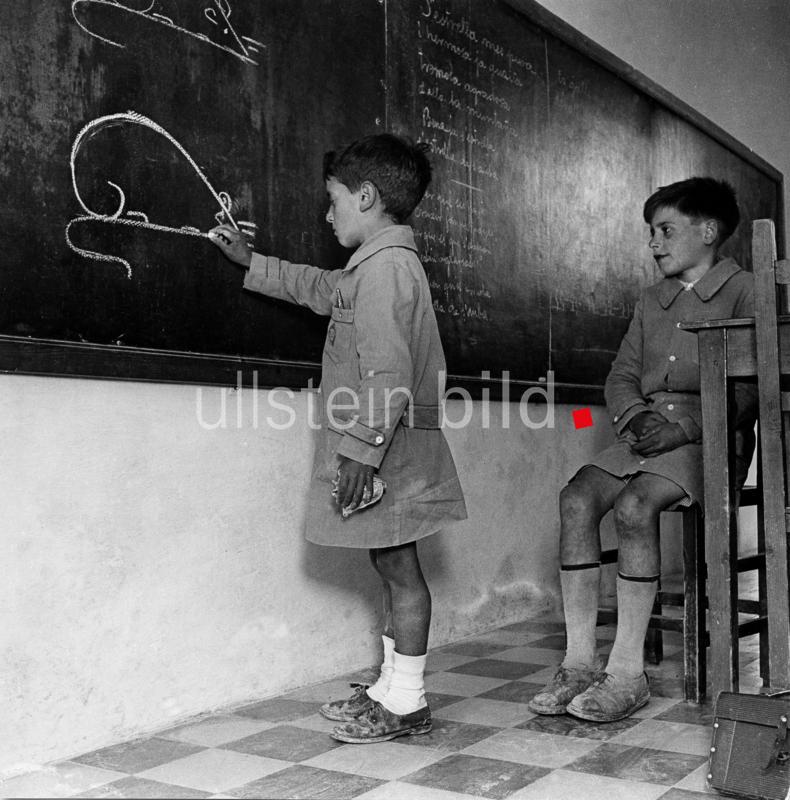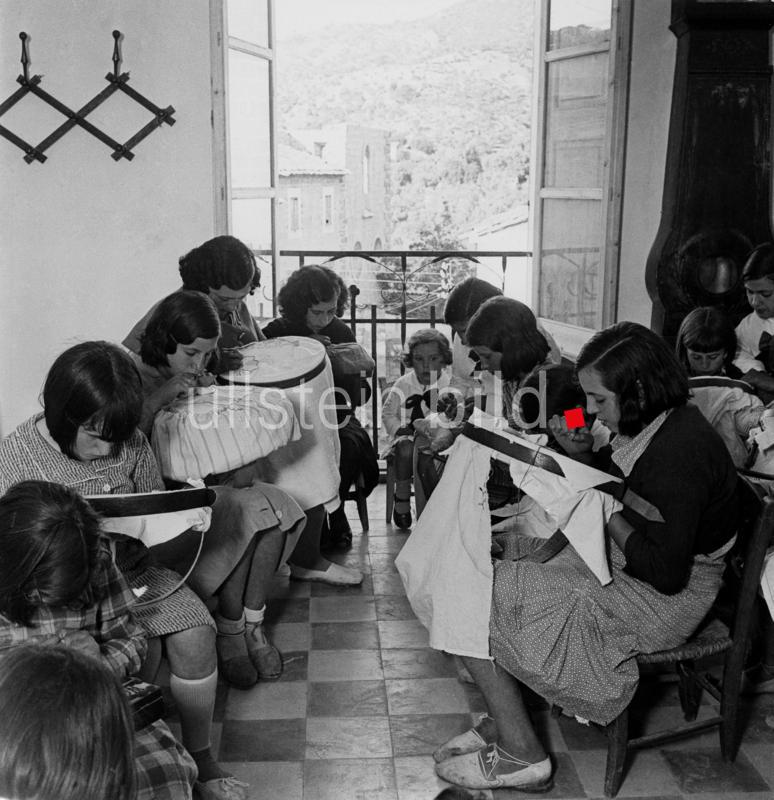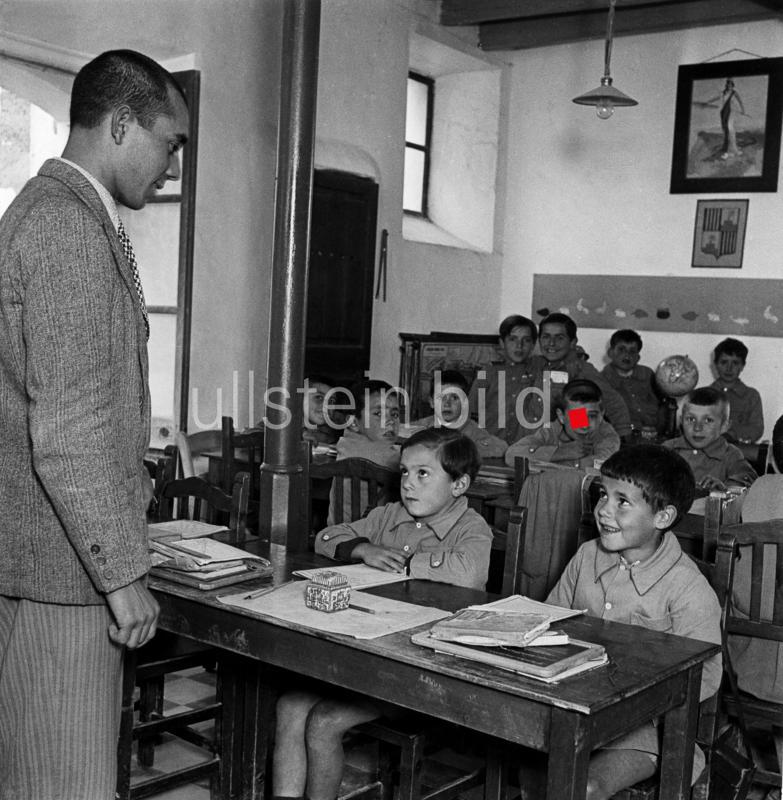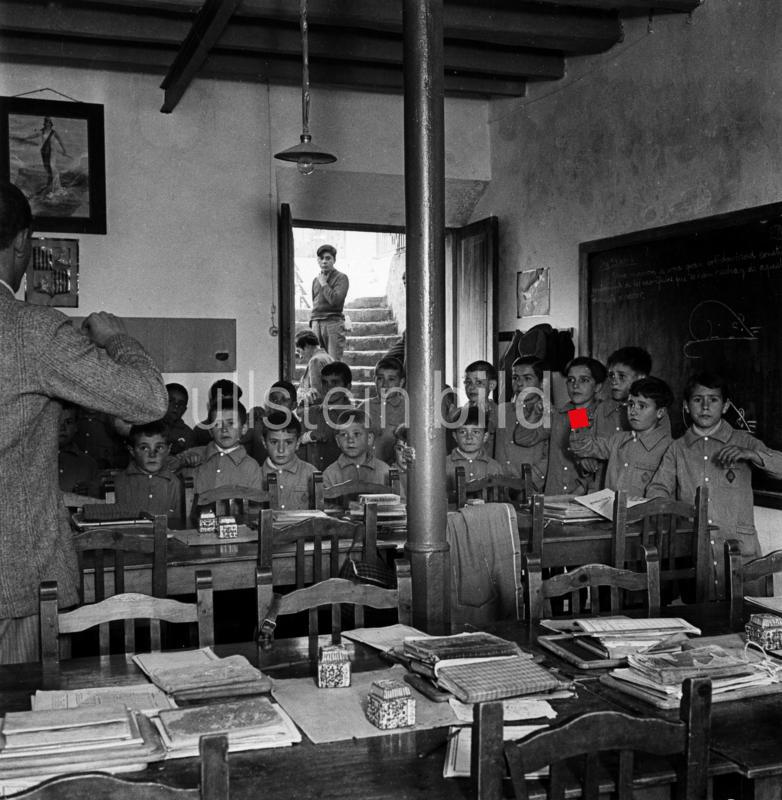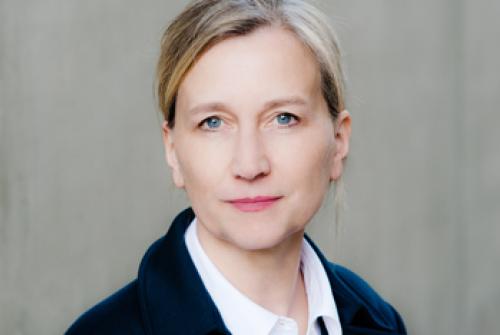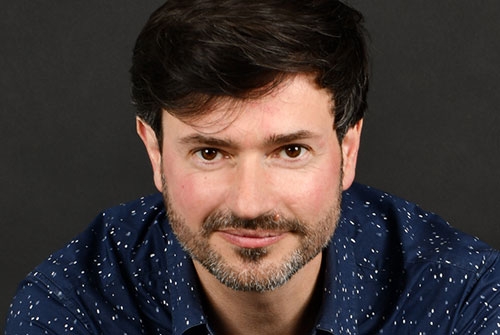Ullstein and Black Star
Interview with Prof. Christian Joschke, Lecturer Beaux-Arts de Paris, about the Ullstein photographic collection at ullstein bild Berlin and the photo agency Black Star New York, now Toronto
_______________________________________________________________
Mr. Joschke, you have been teaching at the Academy of Fine Arts in Paris (Beaux-Arts de Paris) since 2020, taught as Rudolf Arnheim Visiting Professor at Humboldt-Universität zu Berlin in the summer semester of 2023 and were also a guest at the Ullstein photographic collection at ullstein bild with your students. Here we looked at and discussed a series of original photographs together, focusing on the works of the 1920s at Ullstein, which form a unique focus of the collection worldwide. Martin Munkácsi, Yva, Suse Byk, Madame d'Ora, Willi Ruge, Robert Sennecke and many other important image authors are represented with their works and convey a multifaceted panorama of the Weimar Republic. In several research papers, not least in your habilitation, you have dealt with this creative period within the history of photography. Which aspects did you focus on in particular and why?
The history of press photography in the 1970s to 1990s was often associated with the important names of photo reportage. Robert Capa, Henri Cartier-Bresson, Raymond Depardon in France, Eugene Smith in the USA, Umbo in Germany. These photographers were in many ways associated with the "heroic deeds" of modern press photography. Capa in Spain, Henri Cartier-Bresson in China, etc. The attention of historians has therefore been focused on individuals. However, this approach was later called into question. What role did the structures of press photography and the other actors play? Diethard Kerbs made a significant contribution in Berlin. He answered questions about the structural history of press photography that were aimed at a social history of photography. Agencies, technology, the rhythm and temporality of the distribution of images, the division of labor between men and women in the agencies: these were questions that strongly influenced the historians' perspective. I am thinking of Herbert Molderings, Rolf Sachsse, Annette Vowinckel, Estelle Blaschke, yourself and Enno Kaufhold in the last exhibitions on press photography, and not least Wolfgang Hesse. In the last twenty years, the view has also sharpened in France and the USA. Vanessa Schwarz, Thierry Gervais and Gaëlle Morel, Jason Hill, Jordan Baer, Andres Mario Zervigon have contributed to writing a history of photographic practice in a social and political context, moving away from hagiography.
I have drawn on more recent historiography to focus on material aspects. It is important not only to evaluate the photographs in the archives for their visual quality, but also to turn them over in a physical sense in order to gather information about the photographers, agencies and media. You learn a lot about the "social life" of the images. In this respect, the Ullstein Collection is a unique resource for research. It not only contains treasures, but also a mass of images that tell us a lot about the work of the photographers and members of the agency. Thanks to your friendly introduction, the students gave us an insight into many aspects of the history of photography in the Weimar Republic.
The original, structural organization of a photographic collection like Ullstein's according to pictorial themes - not according to the names of the image authors - stands in contrast to the sometimes common view of historians and museums. What do you associate with this juxtaposition?
It was important for the agencies to be able to access motifs quickly, in line with demand from magazines or publishers. All photo collections were therefore organized according to subject matter. Photo research, however, has a different perspective. Firstly, because photo historians had a biographical structure in mind. Photos were to be researched by name. Organizing them by subject is an obstacle insofar as it makes this research by name complicated. One has to consult the registers or even the correspondence with the respective photographers. On the other hand, researchers are interested in the provenance and the circulation of the photos from one agency to another. The contemporary notes on the back of the pictures play a major role here. It is interesting to see how a motif was received in different contexts.
Your current contribution in the publication Facing Black Star, Toronto, Cambridge (Mass.), 2023, goes back to a research stay in Toronto, where the inventory of Black Star - the photo agency founded in exile in New York in 1935 by three former Ullstein protagonists - can be found: Kurt Safranski, Kurt Kornfeld, Ernest Mayer. What experiences have you had in dealing with this collection?
In Toronto, I was interested in a part of the Black Star collection that describes events in the Weimar Republic. I wanted to know how contemporary German history was perceived visually in the USA, which motifs were in the foreground, how they were described and in what context they were depicted. I realized that many of these images were brought back from Germany by emigrants. Only part of the story was conveyed in this "cultural transfer". As soon as these images land in the US context, the view of German history is different. For example, a direct link between the inflation of 1923 and Spartacus in Berlin is assumed in the English-language captions, although the two are more than four years apart. Picture editors did not have such a fine knowledge of German history, and in the mid-1930s the Weimar Republic was seen as a chaos that contributed decisively to the rise of Hitler.
Your research into the individual Max Pohly collection at Black Star allows new biographical and historical insights, which would you name as the most important findings?
A large proportion of these images were actually associated with the name Max Pohly, who is unknown in the history of photography. In some recent publications on the First World War, he was referred to as a photographer during the First World War. However, if you look at the motifs that he allegedly photographed, it becomes clear that these are pictures by different photographers, which were later marked with the stamp "Max Pohly". The backs of the pictures clearly show the provenance of the pictures (Bufa, Sennecke, postcards, etc.). My research shows that he was more of an independent picture editor who emigrated to the USA in 1937 with a suitcase full of pictures together with his wife. So as a photo historian, you have to say goodbye to the idea that the name on the back is necessarily the author of the picture. What is even more astonishing, however, is that Pohly had worked for two Nazi publications in Germany (So war es! Ein Bildbericht vom wehrhaften Deutschland, 1914-1918 and So kam es! Ein Bildbericht vom Kampf um Deutschland, 1918-1934), and it was precisely these images that he brought to America. As a result, the communication of German history was strongly influenced by a conservative point of view, in which the Weimar Republic is portrayed as chaos. This was certainly not an ideological undertaking on Pohly's part, but the pictures he sold (or lent) to Black Star were characterized by this discourse. You can see that in the selection and in the captions.
Generally speaking, what characterizes the press photography of the Weimar Republic in comparison to other periods or countries?
The photo journalism of the Weimar Republic was a model for most countries in the interwar period, not only because of the excellent image quality of the photos, but also because of the structure of the agencies and the exemplary competence of the staff. This knowledge was highly prized in France, for example, and some of the most important photographers working in Paris came from Germany - or from other countries in Europe, via Germany. Robert Capa had started at the Dephot agency, David Seymour (Chim) was trained in Leipzig, Germaine Krull had started in Germany and brought the New Vision style to France. Lucien Vogel had the German magazines as a model when he founded VU in France in 1928. He also published pictures by Erich Salomon, Albert Renger-Patzsch, Germaine Krull and other German photographers. In Germany, the Gleichschaltung completely destroyed this world and agencies quickly switched to propaganda. In the process, a style of press photography from the Weimar Republic was lost for good - and the lives of many photographers were destroyed.
What will you focus on in your future work on the history of photography?
I will be publishing a book on the history of workers' photography in Germany (1926-1933). The book is the result of lengthy research that I have been conducting over the last few years. I am fortunate to be in contact with Wolfgang Hesse, Andres Mario Zervigon, Kasper Brasken and other colleagues on this subject, which gives me great pleasure. The book is published in French by Macula (Paris) under the title Die aufgehobene Revolution. Photography and the Communist Press of the Weimar Republic.
Thank you very much, Mr. Joschke, for this interview!
The interview was conducted by Dr. Katrin Bomhoff, ullstein bild collection.
First published on December 08, 2023.
In the gallery you can see a selection of images on our topic, the corresponding dossier can be found at ullstein bild.

